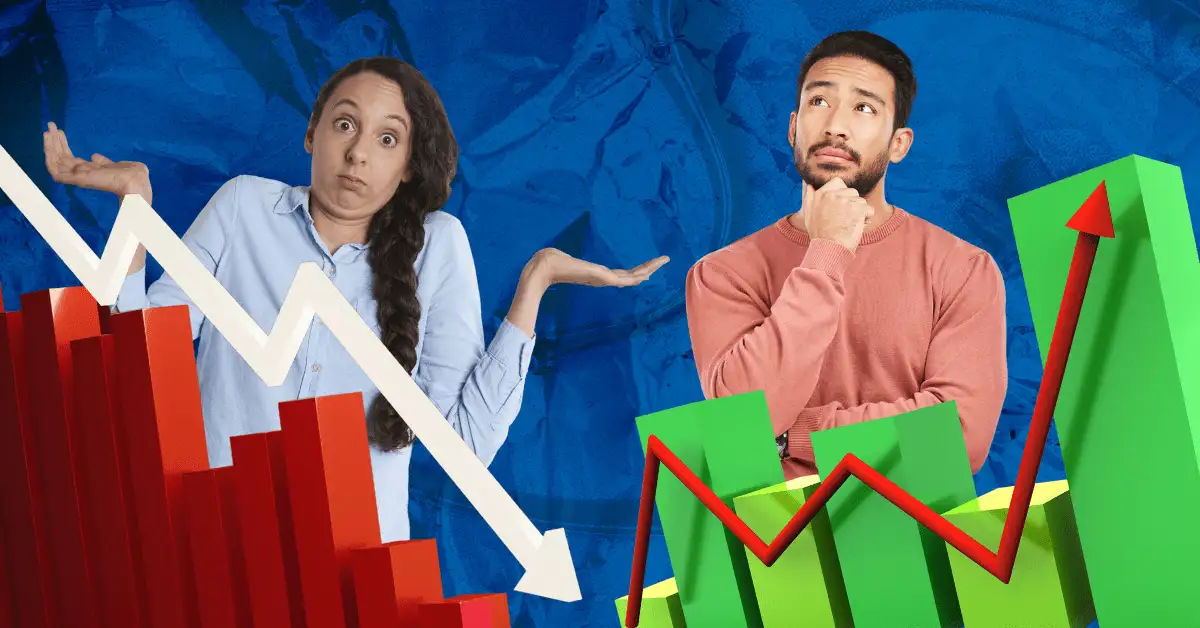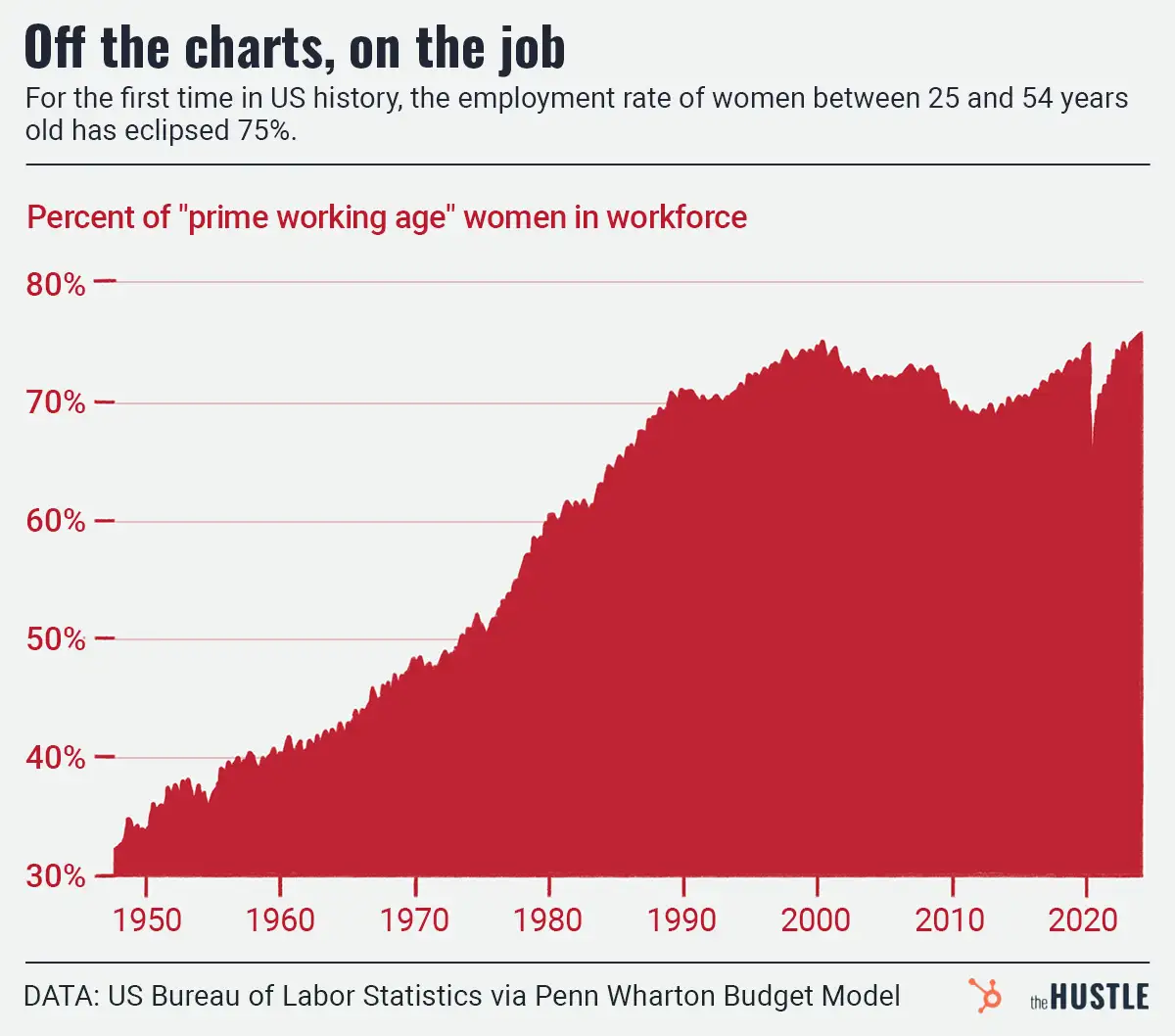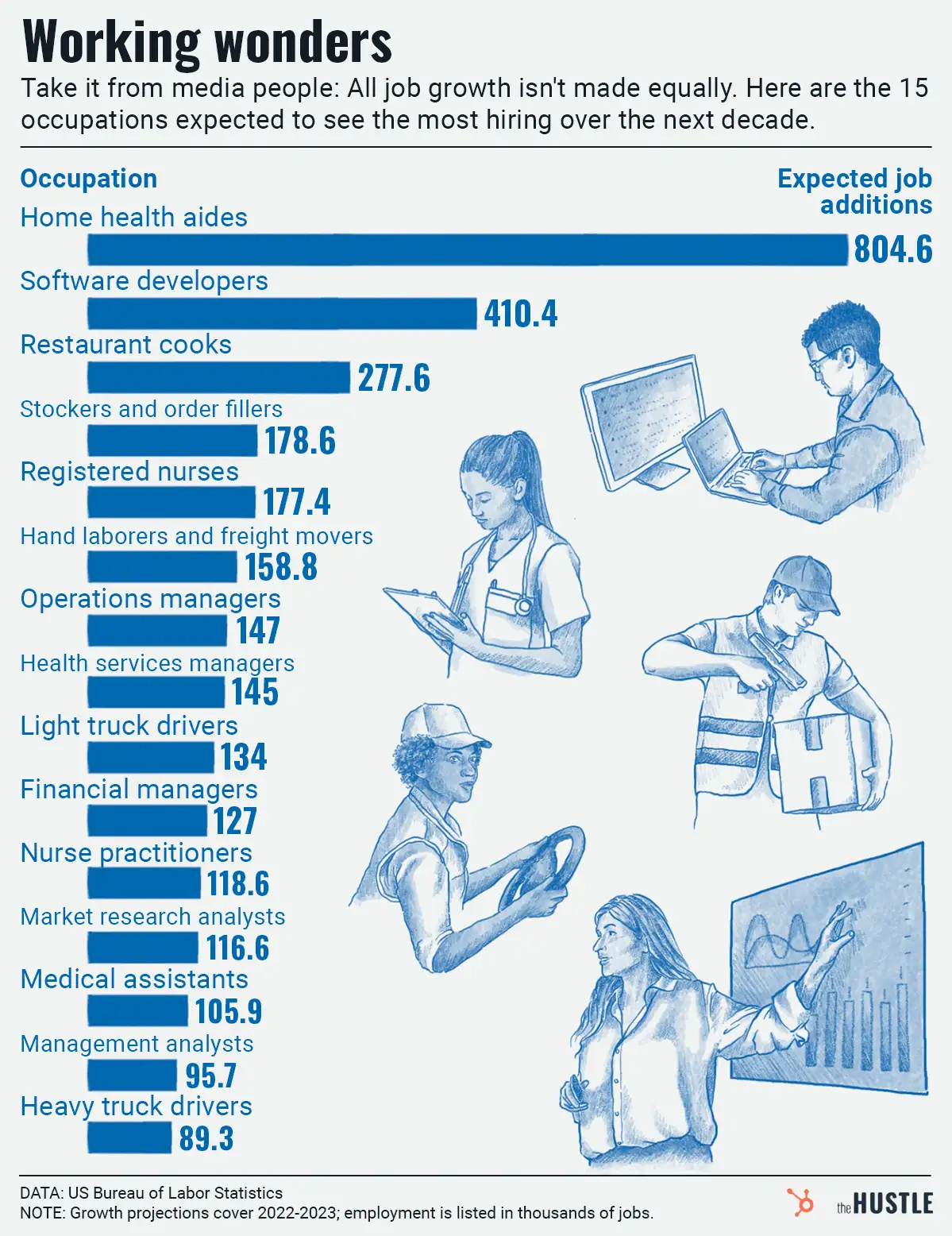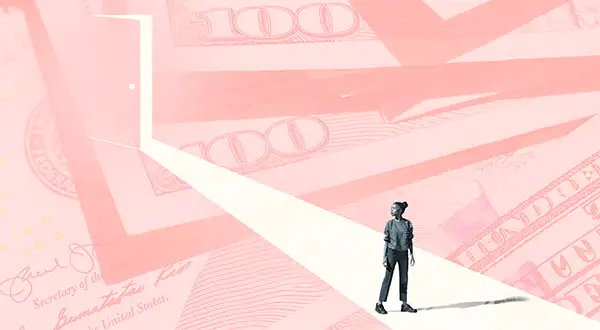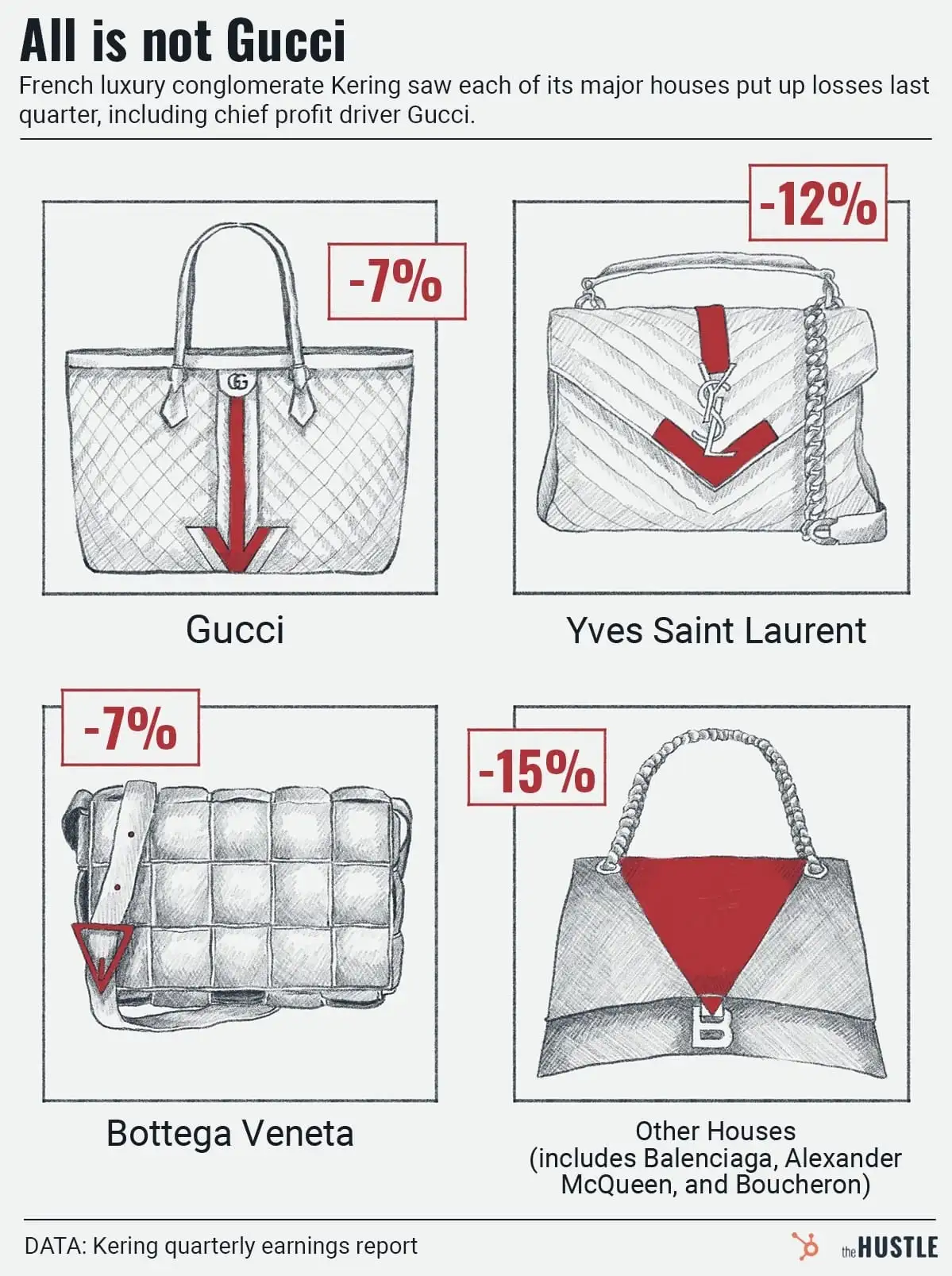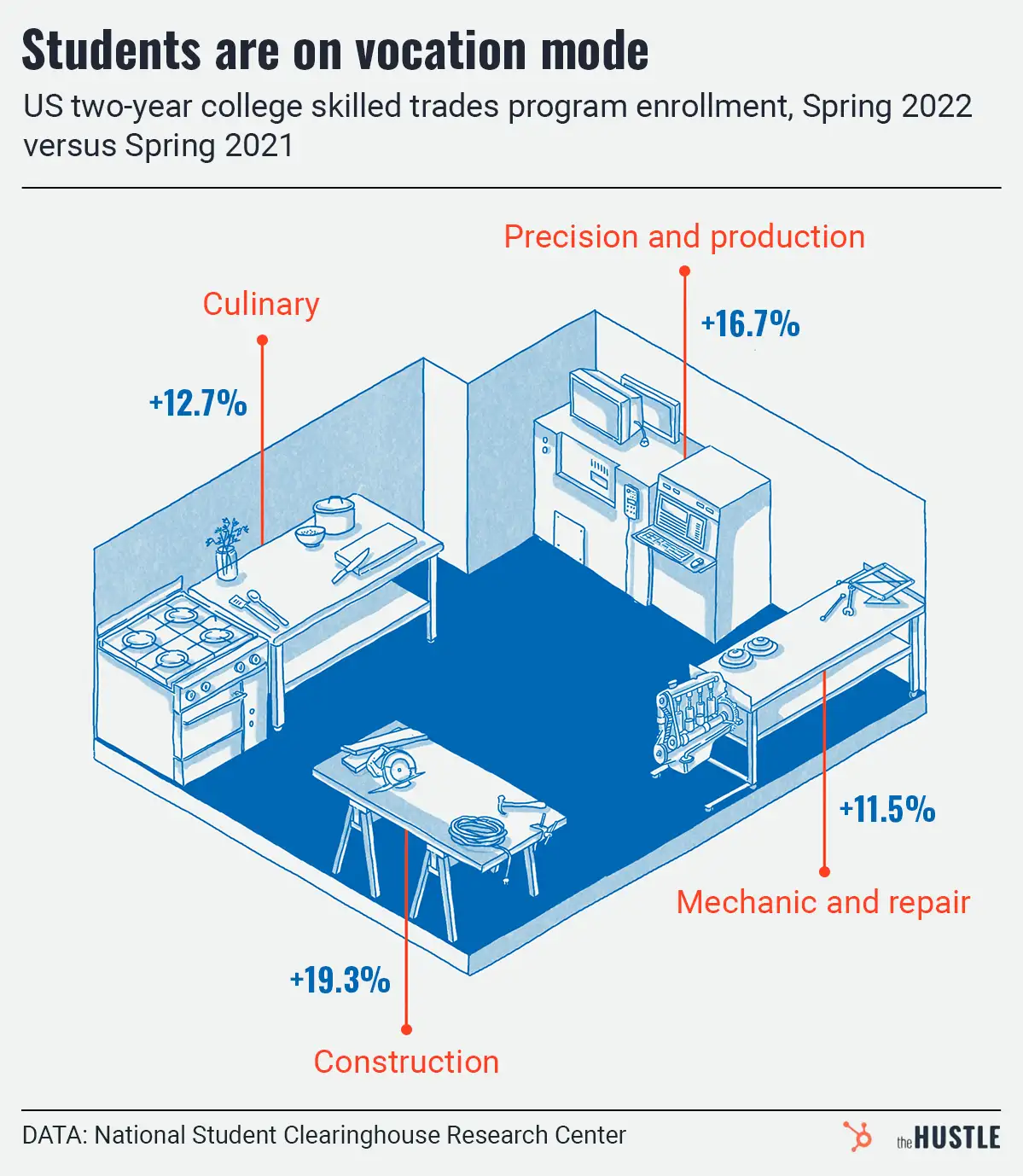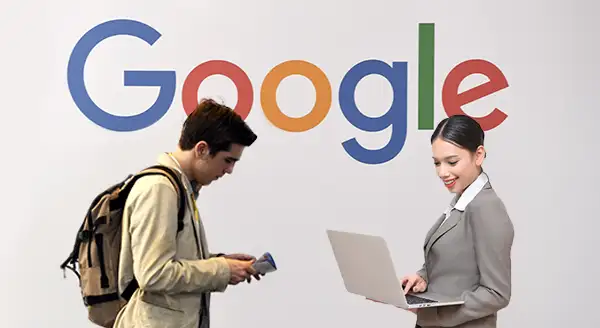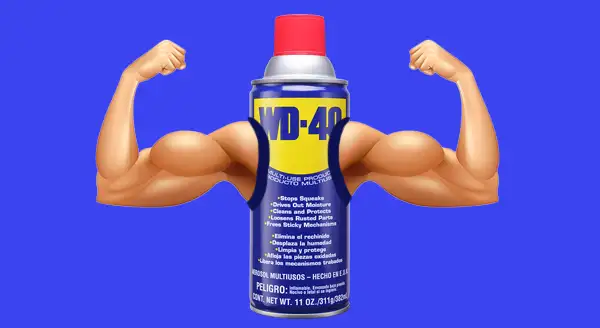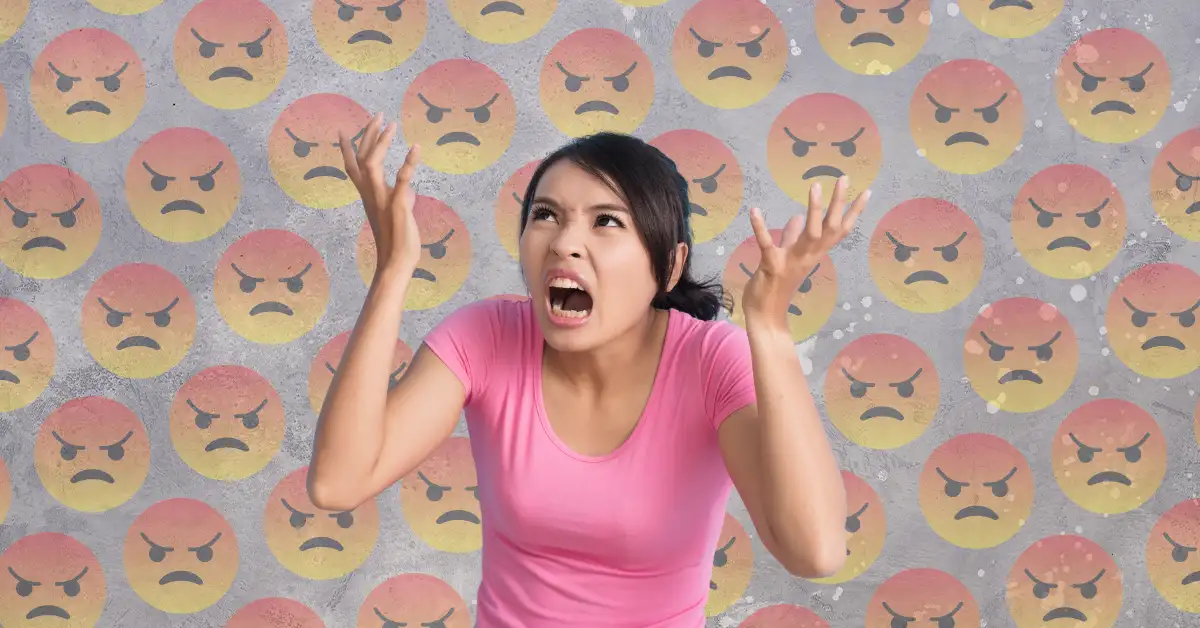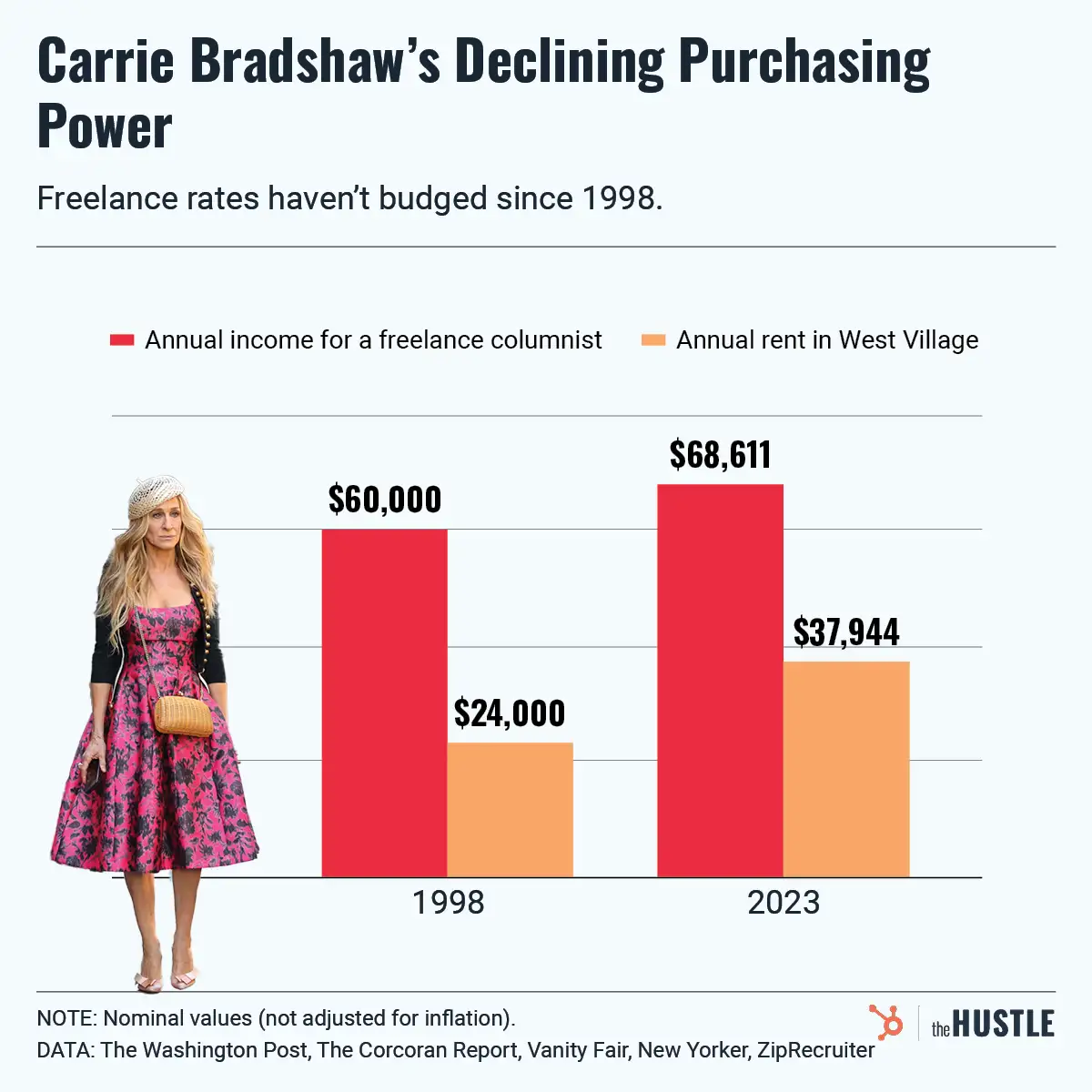There are a few ways to spot inflation, including:
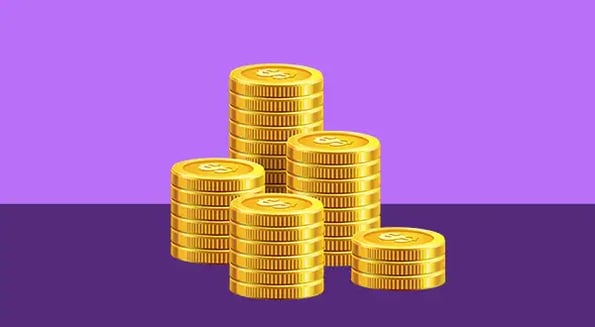
- Classic inflation: when the price of stuff goes up (e.g., when your favorite item moves off the dollar menu)
- Shrinkflation: when the price of stuff stays the same, but the amount you get goes down (e.g., the ever-growing amount of air in a bag of potato chips)
It’s time to add another to the list. Coined by NPR’s Greg Rosalsky, “skimpflation” is when, “instead of simply raising prices, companies skimp on the goods and services they provide.”
Skimpflation is everywhere
If you’ve noticed the drive-thru taking longer than usual lately, you aren’t alone. Other examples include:
- Disney disabling its tram at Disneyland
- Domino’s taking longer to deliver pizzas
- Airlines leaving customers on hold for longer than usual
In many cases, the skimping isn’t deliberate — some businesses are facing a perfect storm of challenges right now, including:
- Complications stemming from COVID-19
- Supply chain issues increasing the costs of goods
- Labor shortages leaving businesses short-staffed
Shifting services from human to digital can lead to skimping as well
In his newsletter, Kneeling Bus, Drew Austin described a recent trip to CVS, where he noticed the following cycle:
- Most items are locked in cases to avoid theft
- The rise of self-checkout means fewer employees work at a time
- Finding someone to unlock the case can make the trip take 3x as long
Austin sees one road that this all leads to: Amazon Prime.
Have you noticed skimping lately? Tell us about it here.
Topics:
Economy

